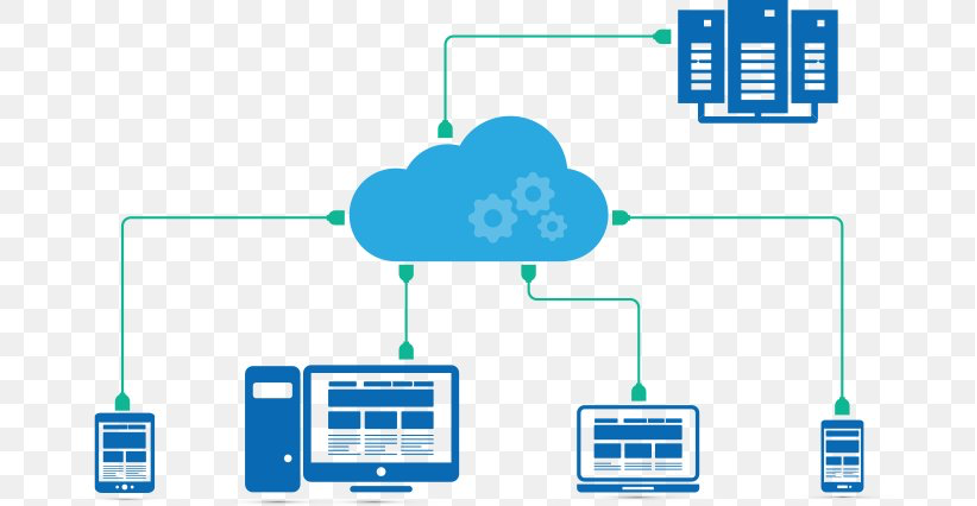In order to understand the cloud computing diagram, you have to know what cloud computing is first. Cloud computing, in simple words, is an internet service.
Some of the services offered to us by cloud computing are:
- Hosting websites
- Secure and unlimited storage
- Flexible resources
Ever since we got to know about cloud computing, it was obvious it was here to stay, especially after showing the benefits it provides.

Now let’s talk about the cloud computing diagram and architecture.
Cloud architecture is made up of several components and subcomponents.
Let’s take, for example, the cloud computing security architecture which is categorized into frontend and backend.
- The frontend: is the architecture related to the connection between the user and the client. In addition, the frontend represents everything a user interacts with such as the software, cloud, platforms…
The frontend, through the internet, communicates with the backend (which we’ll explain in a second) and, through the middleware it sends queries to the backend. - The Backend: also known as the cloud itself. The backend is used to manage and execute the services provided by the cloud. Another role of the backend is providing the middleware needed to connect devices and help them communicate with one another. As we mentioned above, the frontend sends queries and the backend responds to them.
Other roles of the backend are traffic management, security management and so on…
The Management and Deployment Software
The management software is responsible, obviously, for managing the cloud operations. The main purpose of the management software is to enhance the cloud performance and give out satisfactory results. For example, the management software is responsible in overseeing disaster that is making sure no future errors take place.
The deployment software, on the other hand, has to do everything with running the cloud (necessary installations and configurations). The three different models are:
- SaaS – short for “Software as a Service” that helps manage the end user applications. Instead of installing the software, you now have the opportunity to access it through the internet.
- PaaS – Also known as “Platform as a Service” which helps manage and build applications. PaaS provides you all the resources that helps you deliver applications of your choice.
- IaaS – acronym for “Infrastructure as a Service” which provides pay-as-you-go services. The IaaS service rents out cloud storages to enterprises to help them decrease their costs.
The Network
Being the connection between the frontend and the backend, the network is a very important factor of cloud computing. As we mentioned, with cloud computing, users can access the cloud from anywhere anytime. However, all this would be impossible without the network.
There are a few different cloud types. Although Blomp has many blogs that explain the different types of clouds with their advantages on their website, let’s go over them once again!
The different types of clouds are:
- The public cloud: which is ran by external vendors and belongs to many. Since they are public, they are shared between multiple users. As a result, it is advised for public cloud users to use it for less sensitive applications.
- The private cloud: dedicated solely to a single organization, a private cloud (unlike the public cloud) is not shared. Providing scalability and security, using private cloud is more costly.
- The hybrid cloud: being the combination between the public cloud and the private cloud, the goal is to provide the advantages in both. In this case, it is up to the user to decide when to use a public cloud and when to use a private one.
Fun fact: you can learn much more once you head on to our website! See you on the other side.
